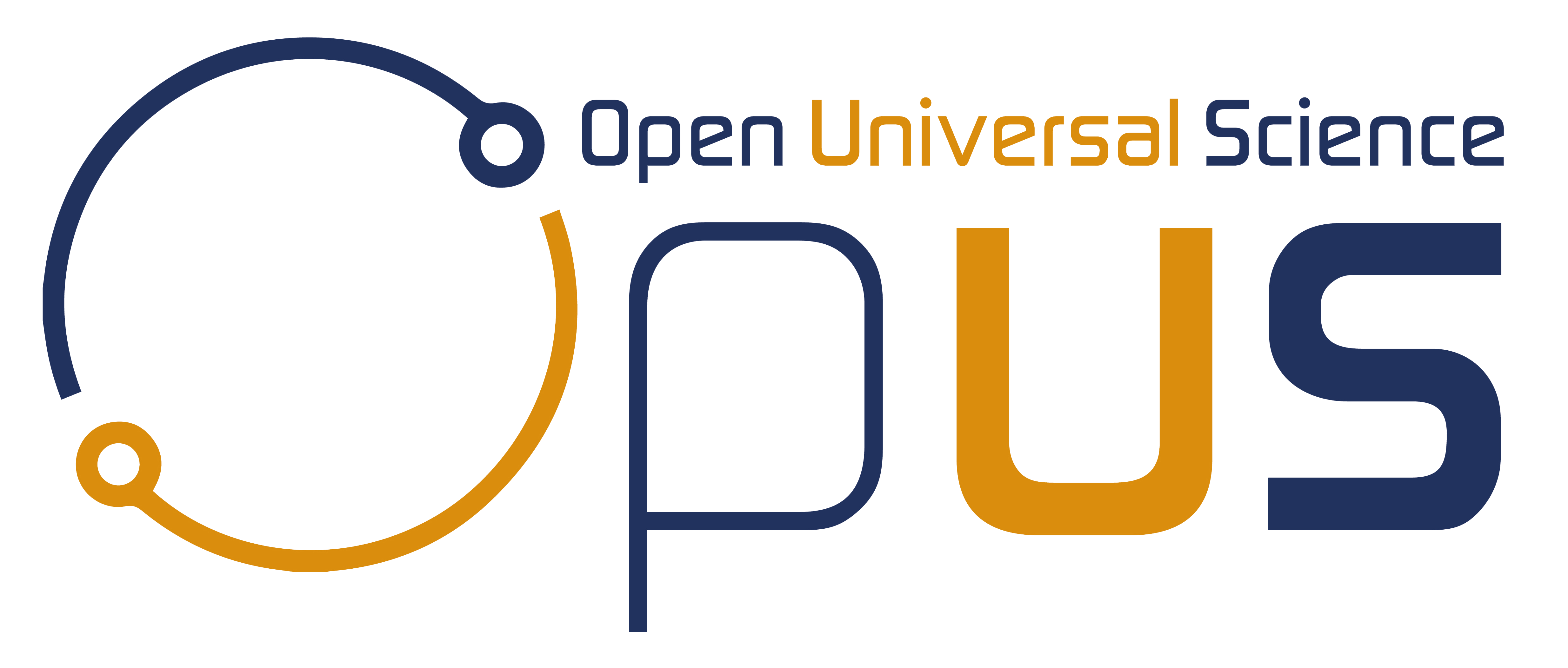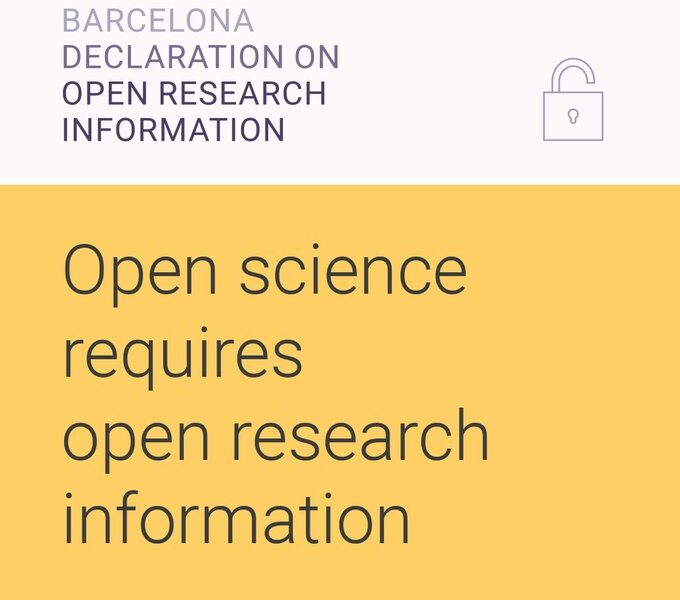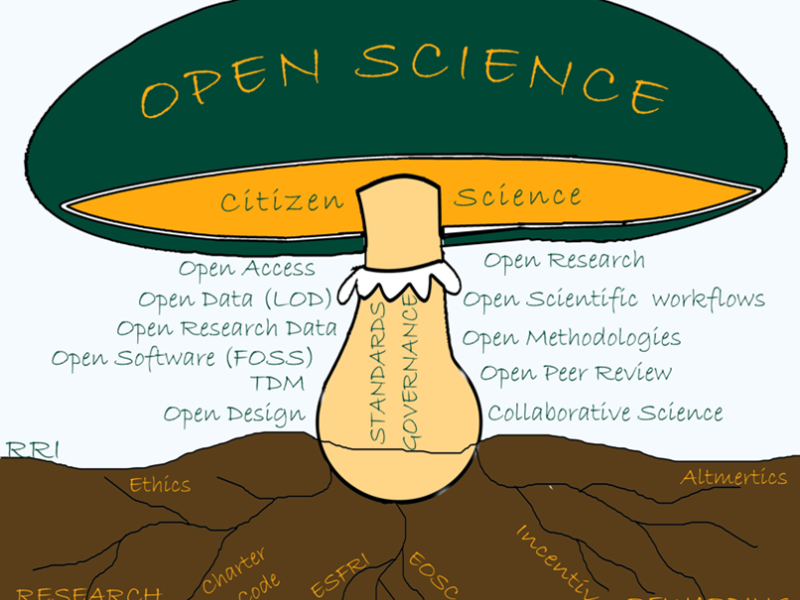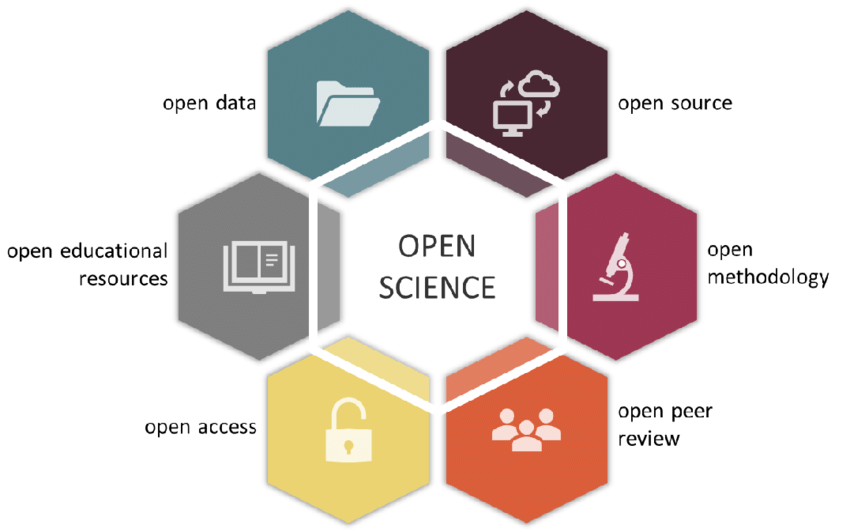
Open Methods within Open Science: Advancing Transparency and Collaboration
Open Methods within Open Science: Advancing Transparency and Collaboration https://opusproject.eu/wp-content/uploads/2023/05/The-six-core-principles-of-Open-Science-which-guide-the-Open-Traits-Network.png 850 532 Open and Universal Science (OPUS) Project Open and Universal Science (OPUS) Project https://opusproject.eu/wp-content/uploads/2023/05/The-six-core-principles-of-Open-Science-which-guide-the-Open-Traits-Network.pngIn recent years, the scientific community has witnessed a paradigm shift towards open science—a movement that aims to make scientific research and its outputs more accessible, transparent, and reproducible. Open science encompasses a broad range of practices, including open access publishing, data sharing, and collaborative research. Among these practices, open methods have emerged as a powerful tool for advancing transparency and collaboration within the scientific process.
Open methods refer to the transparent and accessible documentation of the methods used in scientific studies. Traditionally, research articles provided only a limited description of the methods employed, often leaving out crucial details that could hinder reproducibility or hinder the ability of other researchers to build upon the work. Open methods, on the other hand, promote detailed and comprehensive reporting, allowing others to replicate and validate the findings and build upon them.
One of the key advantages of open methods is the improved reproducibility of scientific research. Reproducibility is a cornerstone of scientific inquiry, as it allows for independent verification and validation of results. By openly documenting the methods used in a study, researchers provide a roadmap for others to follow, enabling them to replicate the experiment or analysis and verify the reported findings. This not only enhances the credibility of scientific research but also reduces the potential for errors or biases to go unnoticed.
Furthermore, open methods foster collaboration and knowledge exchange among researchers. By openly sharing the specifics of experimental design, data collection, and analysis, researchers can engage in more meaningful discussions and collaborations. Others can provide valuable feedback, suggest improvements, or propose alternative interpretations of the results. This collaborative approach not only strengthens the reliability of scientific findings but also promotes innovation and the generation of new research avenues.
Open methods also play a crucial role in the education and training of future scientists. By providing detailed documentation of research methods, aspiring researchers can learn from established practices and gain a better understanding of the scientific process. Open methods serve as valuable educational resources, allowing students and early-career scientists to familiarize themselves with various experimental techniques and analytical approaches. This transparency nurtures a culture of scientific rigor and fosters a new generation of researchers who are committed to open and reproducible science.
Implementing open methods within the scientific community requires a collective effort and a shift in research culture. Journals and funding agencies can play a significant role by encouraging researchers to adopt transparent reporting practices. They can require authors to submit detailed methodological descriptions alongside their manuscripts or provide supplementary materials where additional technical information can be included. Moreover, guidelines and standards for reporting research methods, such as the Transparent Reporting of a multivariable prediction model for Individual Prognosis Or Diagnosis (TRIPOD) statement for prediction models or the Minimum Information About a Microarray Experiment (MIAME) for microarray studies, can serve as valuable frameworks to ensure comprehensive and standardized reporting.
Technological advancements also facilitate the implementation of open methods. Online platforms and repositories allow researchers to share detailed protocols, software code, and datasets, making them easily accessible to the scientific community. Collaborative tools and version control systems enable real-time collaboration, enabling multiple researchers to work together on the same project while maintaining a transparent record of changes and contributions.
In conclusion, open methods within open science represent a significant advancement in promoting transparency, reproducibility, collaboration, and education within the scientific community. By openly documenting research methods, scientists contribute to the collective knowledge and ensure that scientific findings are robust and reliable. Embracing open methods requires a cultural shift, with researchers, journals, and funding agencies collectively working towards implementing and promoting transparent reporting practices. Ultimately, the widespread adoption of open methods will lead to a more transparent and collaborative scientific landscape, fostering innovation, and driving the progress of knowledge forward.
- Posted In:
- Open Science News
